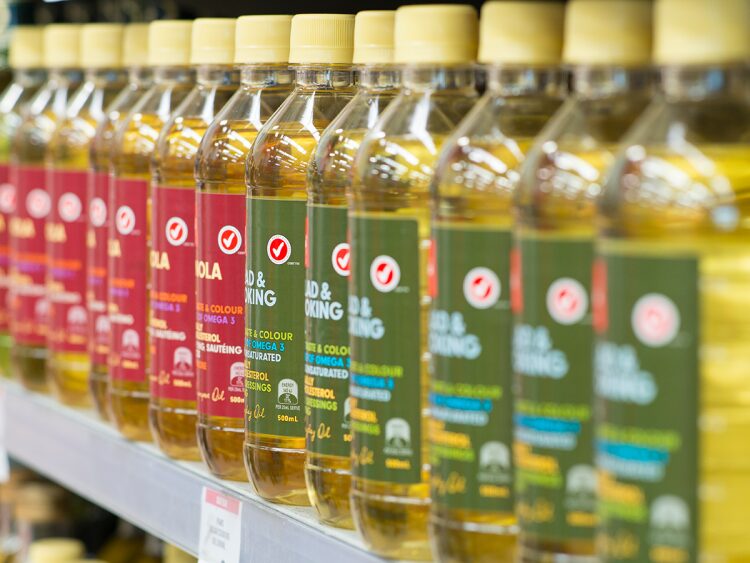Researchers at Bard’s college have examined and compared the environmental impacts of a nutritionally-sound plant-based diet with those of diets which include meats. Their goals were to see that if nutrition RDAs were met, how much smaller an impact on the environment could food systems produce if removing livestock from the equation.
In the words of Dr. Allen Williams of Soil Health Consultants, a regenerative farming specialist, whom World at Large reported on last week, when was the last time you sat down to a bowl of field corn or field soybeans for dinner?
Much of the arable land in America is used for corn and soya production. These crops are either processed into compounds used in packaged foods, as a commodity to be exported – usually to China, or as feed for animals.
The researchers at Bard’s college found that replacing meat with plant alternatives was estimated to save approximately 29 million hectares of cropland, 3 billion kg of nitrogen fertilizer, and 280 billion kg of carbon dioxide per year, however food-related water use was projected to rise by 15%.
Food for Thought
Eshet et al. calculated the plant-based diet to match the nutrient contents of meat-inclusive diets, while also covering 43 other important nutrients, such as vitamins, minerals, and fatty acids. The diets consisted predominantly of asparagus, buckwheat, tofu, green pepper and squash.
Diets were modelled to exactly match the protein content of the meat they replaced – 13 g of protein per day replicating those who eat primarily beef, or 30g of protein per day for a diet consisting of chicken and pork as well.
World at Large asked for comment on typical and well-known concerns regarding vegetarian diets such as whether all 9 essential amino acids were accounted for, whether the bioavailability of overall calculated plant protein was considered, and where vitamin B-12, the deficiency of which is most commonly found in vegan and vegetarian individuals, was coming from.
Gidon Eshel, the author of the corresponding paper published in Nature, responded that “No B-12 is supplied by the plant based diets,” but added “a simple B-12 supplement will do, or a tablespoon of brewer’s yeast.”
He added that his team is planning to build on their success to further expand the hypothesized diet to ensure the adequate inclusion of all 9 essential amino acids. These are contained within the broad nutritional designation of proteins, and represent 9 compounds humans must have in order to survive, but that cannot be synthesized by our own bodies, i.e. we must get them through dietary means. These are things like leucine, lysine, and tryptophan.
PICTURED: Dr. Allen Williams, of Joyce Farms and Soil Health Consultants.
A More Complete Picture
While it will be a tremendously difficult task to convince Americans to stop eating meat, the aforementioned Dr. Allen Williams has an idea to create a more natural, robust, and carbon-friendly food system through his practices of regenerative agriculture.
In his mind, the farms of America are covered in crops year round, not only at harvest time. The bare brown earth which covers the nation’s farmland during two thirds of the year is baked by the sun during the day. This draws carbon out of the soil and into the atmosphere much faster than if the soil was covered by plants.
The squash, asparagus, and green peppers of Dr. Eshel’s protein modeled diets, would sit in rows alongside all manner of other plant species such as those necessary for the wellbeing of pollinators, or other cover crops used in medicines and as foodstuffs.
The diversity of the crops increases the diversity of soil microbes which creates a healthier, more nutritionally-dense soil media, one that Dr. Allen says doesn’t need synthetic fertilizer of any kind.
Finally, introducing cattle or other ruminants onto the paddock in a rotational grazing pattern will increase the soil diversity further, and raise strong, healthy, and happy livestock. Dr. Allen, in a recent radio appearance on the Sustainable Dish Podcast, stated that this method could finish 50 million head of beef cattle if done at a nationwide-scale, enough to satisfy the beef needs of ravenous Americans, and create a more complete picture of a farmer’s paddock; a regenerative partnership with nature, rather than the diminishing exploitative picture we have today.



